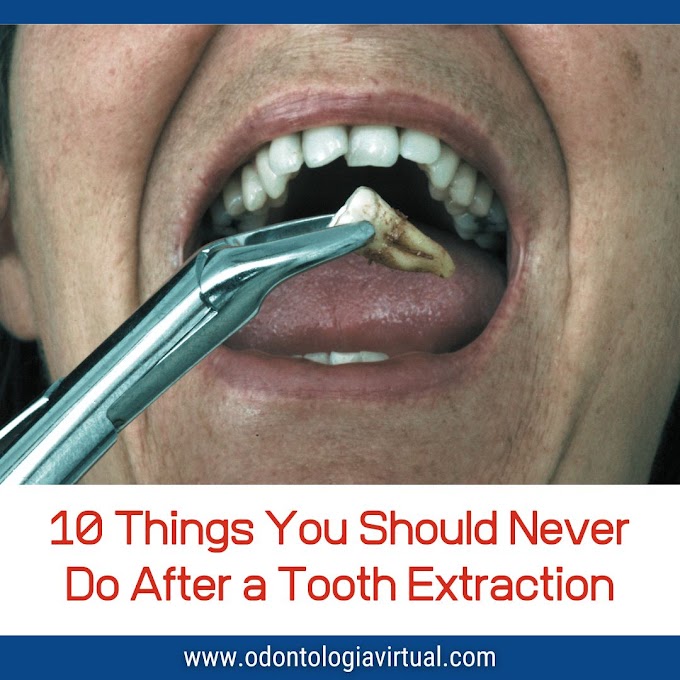In today’s dental practice, pharmacology is not just a supporting discipline—it is a cornerstone of patient safety and clinical excellence.
Every prescription, every anesthetic, every post-operative medication plays a critical role in how our patients experience treatment and recovery.
The modern dentist must not only master the handpiece, but also understand the pharmacological science that ensures comfort, prevents complications, and promotes healing.
Dental pharmacology bridges the gap between clinical procedures and systemic medicine.
It helps us make informed decisions about analgesics, antibiotics, anti-inflammatories, local anesthetics, corticosteroids, and sedatives, taking into account each patient’s medical background, ongoing treatments, and risk factors.
In short, knowing what to prescribe—and when not to prescribe—is a mark of true clinical mastery.
1. Foundations of Dental Pharmacology
Pharmacology in dentistry involves understanding the interaction between drugs and the human body—pharmacokinetics (how drugs move through the body) and pharmacodynamics (how drugs act on tissues and systems).
For a dentist, these principles are essential to predict drug effects, avoid toxicity, and ensure optimal therapeutic outcomes.
★ Key considerations include
Absorption and metabolism: Local anesthetics like lidocaine are rapidly absorbed and metabolized in the liver, whereas articaine undergoes plasma hydrolysis, making it safer for certain patients.
Distribution and elimination: Understanding renal function is critical before prescribing NSAIDs or antibiotics, as impaired clearance can lead to systemic toxicity.
Drug interactions: Many patients take antihypertensives, anticoagulants, or antidepressants that can interact with common dental drugs. Comprehensive medical histories are essential to avoid adverse events.
► DENTAL BOOK: Mosby's Dental Drug Reference, 13th Edition – A Must-Have Guide for Every Dental Professional (2021)
2. Pain Control: Analgesics and Anti-Inflammatories
Pain management remains one of the dentist’s greatest responsibilities.
Nonsteroidal anti-inflammatory drugs (NSAIDs) such as ibuprofen and naproxen are considered first-line agents for dental pain due to their dual analgesic and anti-inflammatory action.
For more severe pain, a combination of ibuprofen and acetaminophen has shown greater efficacy than opioids, with fewer side effects and no risk of dependency.
Corticosteroids like dexamethasone or prednisone can be useful for managing postoperative inflammation, edema, or hypersensitivity reactions, but must be used judiciously due to systemic effects.
Key principle: Always match the drug to the diagnosis—not the symptom. Overprescribing or unnecessary combinations increase the risk of gastrointestinal, hepatic, and renal complications.
3. Infection Control: Rational Antibiotic Use
Antibiotics should never be prescribed as a reflex. Inappropriate antibiotic use contributes to antimicrobial resistance (AMR), now recognized as one of the top global public health threats.
In dentistry, antibiotics should be reserved for confirmed or highly suspected bacterial infections, such as acute apical abscesses with systemic involvement, spreading cellulitis, or cases of osteomyelitis.
★ Common antibiotic choices include
Amoxicillin (500 mg every 8 hours) – first-line for most odontogenic infections.
Amoxicillin + Clavulanic Acid – for resistant or polymicrobial infections.
Clindamycin (300 mg every 8 hours) – alternative for patients allergic to penicillin.
Metronidazole – effective against anaerobic infections, often combined with amoxicillin.
Avoid prolonged courses unless clinically justified, and always emphasize to patients the importance of completing their prescribed regimen.
► DENTAL BOOK: Little and Falace's Dental Management of the Medically Compromised Patient – 10th Edition (2023)
4. Local Anesthesia and Sedation: Safety First
Local anesthetics are indispensable in dental procedures, but their pharmacology determines both efficacy and safety.
Knowing the maximum recommended doses—for example, lidocaine 4.4 mg/kg with epinephrine—is critical to prevent toxicity, particularly in children or medically compromised patients.
Sedation and anxiolysis, whether with nitrous oxide, benzodiazepines, or oral sedatives, demand a deep understanding of pharmacologic mechanisms, contraindications, and emergency management protocols.
Continuous monitoring of vital signs and readiness for reversal agents (e.g., flumazenil for benzodiazepines) is mandatory.
5. Managing Medically Compromised Patients
Pharmacology becomes especially complex in patients with systemic conditions:
Cardiovascular disease: Avoid excessive use of vasoconstrictors in hypertensive patients; prefer mepivacaine without epinephrine.
Diabetes: Corticosteroids can alter glucose control; antibiotic prophylaxis may be required in uncontrolled cases.
Liver or kidney impairment: Adjust dosages or avoid drugs that rely on hepatic metabolism or renal excretion.
Pregnancy: Avoid tetracyclines, NSAIDs late in pregnancy, and certain sedatives; acetaminophen is generally safe.
Each patient is unique. Pharmacological prudence and communication with the physician are key to minimizing risks.
6. Emergency Preparedness in Dental Pharmacology
Every dental office must be equipped not only with emergency drugs but also with knowledge of their proper use.
★ Essential emergency medications include
Epinephrine (1:1000) for anaphylaxis.
Nitroglycerin spray for angina.
Albuterol inhaler for bronchospasm.
Glucose tablets or gel for hypoglycemia.
Diphenhydramine for allergic reactions.
Dentists should refresh their training regularly, as pharmacologic preparedness can save lives during an unexpected event.
7. Continuing Education and Evidence-Based Updates
Dental pharmacology evolves rapidly. New analgesics, antibiotic stewardship guidelines, and anesthetic agents continually reshape our approach.
Staying updated through clinical literature, pharmacology courses, and ADA or FDI recommendations ensures that our practice remains scientifically grounded and ethically responsible.
★ Some key resources include
- Stanley F. Malamed: Handbook of Local Anesthesia (7th Ed., 2024)
- Rang & Dale’s Pharmacology (10th Ed., 2023)
- British National Formulary (BNF) for Dental Practitioners
- WHO Global AMR Surveillance Reports
Conclusion
Mastery Beyond Prescription
Pharmacology for dentists is not merely about writing prescriptions—it’s about understanding biology, chemistry, and human individuality.
Every patient presents a unique pharmacological puzzle that demands knowledge, empathy, and precision.
By mastering pharmacology, dentists become more than clinicians—they become guardians of safety and agents of healing.
From managing pain and infection to handling emergencies with confidence, pharmacological expertise defines the modern dental professional.
The future of dentistry is evidence-based, patient-centered, and pharmacologically wise. Let us continue learning, prescribing responsibly, and leading with science.













